Rutgers University have unveiled two microscopy suites – a scanning transmission electron microscope and a helium ion microscope.
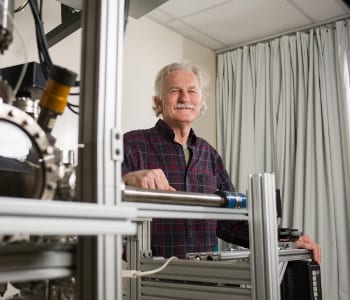
A new class of graphene-based electronics?
Using electrons more like photons could provide the foundation for a new type of electronic device.
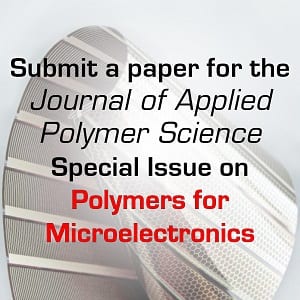
Journal of Applied Polymer Science: Submit to a Special Issue on Polymers for Microelectronics
Submit a paper to the forthcoming Special Issue of the Journal of Applied Polymer Science on Polymers for Microelectronics.
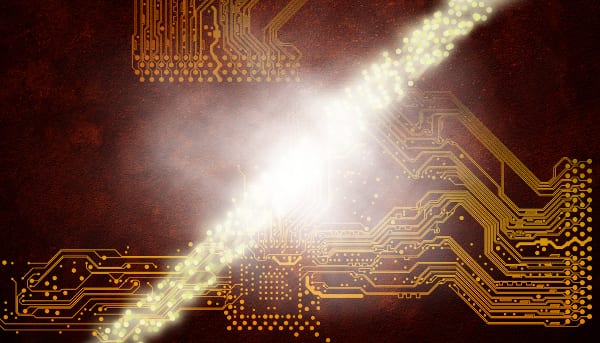
MIT researchers develop optical transistor
Researchers describe the experimental realization of an optical switch controlled by a single photon, allowing light to govern the transmission of light.
Team uncovers longstanding error in mixed phase titania catalysis
A breakthrough in our understanding of the properties of titania – the basis of self-cleaning window technology – has been made by scientists at UCL.
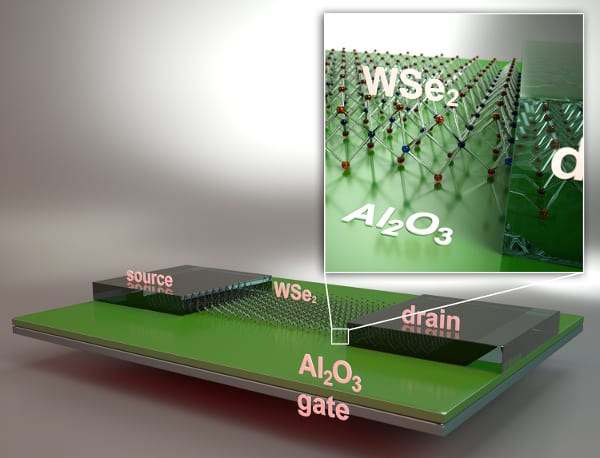
2D transistors could seed next-gen flat electronics
UC Santa Barbara researchers demonstrate first n-type field effect transistors on monolayer tungsten diselenide with record performance.
Molecular database for solar cell researchers
Researchers release massive database of molecules that might be useful in organic solar cells.
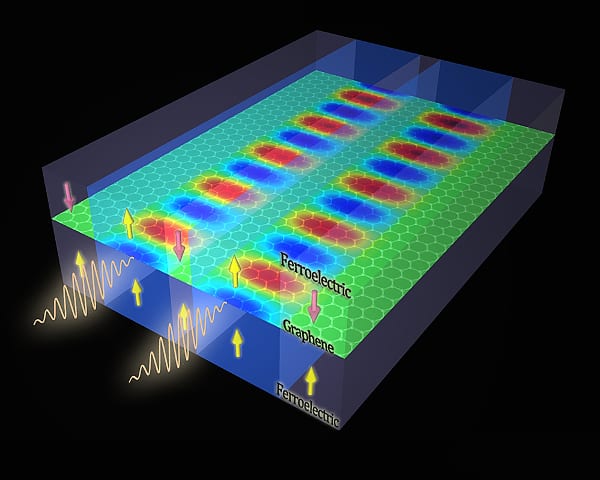
Combining ferroelectrics and graphene for data storage
New system uses two-dimensional structures to guide plasmonic waves at ultrashort wavelength, offering a new platform for memory and computer chips.
SRC-NIST award to fund nanoelectronics research in Texas
The Semiconductor Research Corporation and the National Institute of Standards and Technology have awarded UT Austin a $7.8 million nanoelectronics award.
Researchers take a step towards optical transistors
McGill researchers demonstrate new way to control light in semiconductor nanocrystals.










